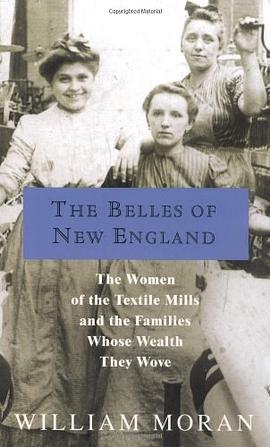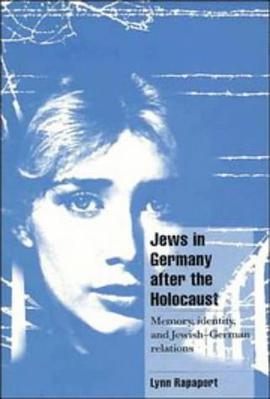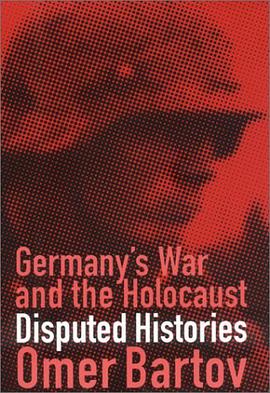

具體描述
Why do the earliest representations of cowboy-figures symbolizing the highest ideals of manhood in American culture exclude male-female desire while promoting homosocial and homoerotic bonds? Evidence from the best-known Western writers and artists of the post-Civil War period - Owen Wister, Mark Twain, Frederic Remington, George Catlin - as well as now-forgotten writers, illustrators, and photographers, suggest that in the period before the word 'homosexual' and its synonyms were invented, same-sex intimacy and erotic admiration were key aspects of a masculine code. These males-only clubs of journalists, cowboys, miners, Indian vaqueros defined themselves by excluding femininity and the cloying ills of domesticity, while embracing what Roosevelt called 'strenuous living' with other bachelors in the relative 'purity' of wilderness conditions. Queer Cowboys recovers this forgotten culture of exclusively masculine, sometimes erotic, and often intimate camaraderie in fiction, photographs, illustrations, song lyrics, historical ephemera, and theatrical performances.
著者簡介
圖書目錄
讀後感
評分
評分
評分
評分
用戶評價
相關圖書
本站所有內容均為互聯網搜索引擎提供的公開搜索信息,本站不存儲任何數據與內容,任何內容與數據均與本站無關,如有需要請聯繫相關搜索引擎包括但不限於百度,google,bing,sogou 等
© 2025 book.quotespace.org All Rights Reserved. 小美書屋 版权所有




















